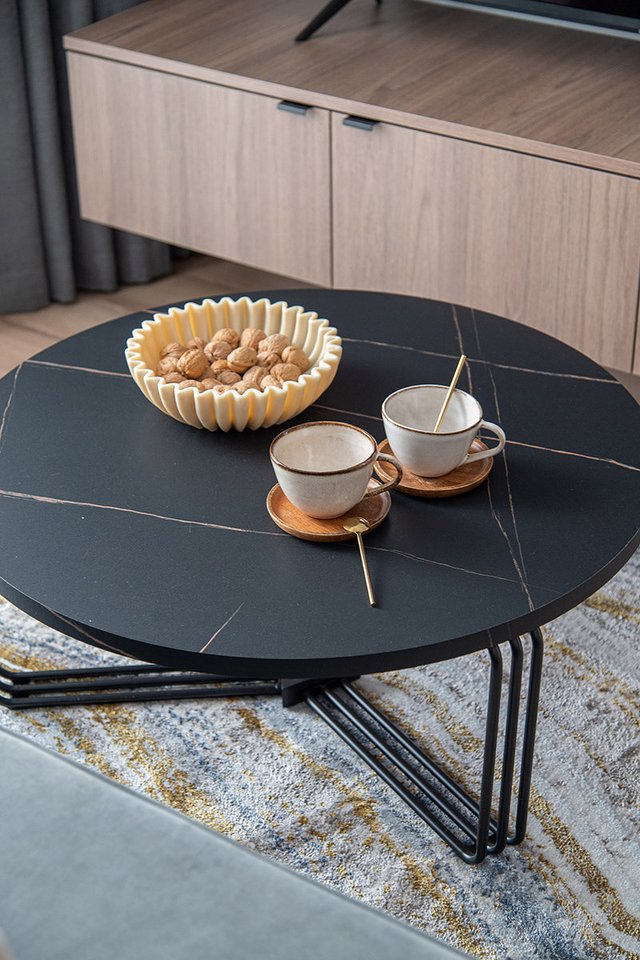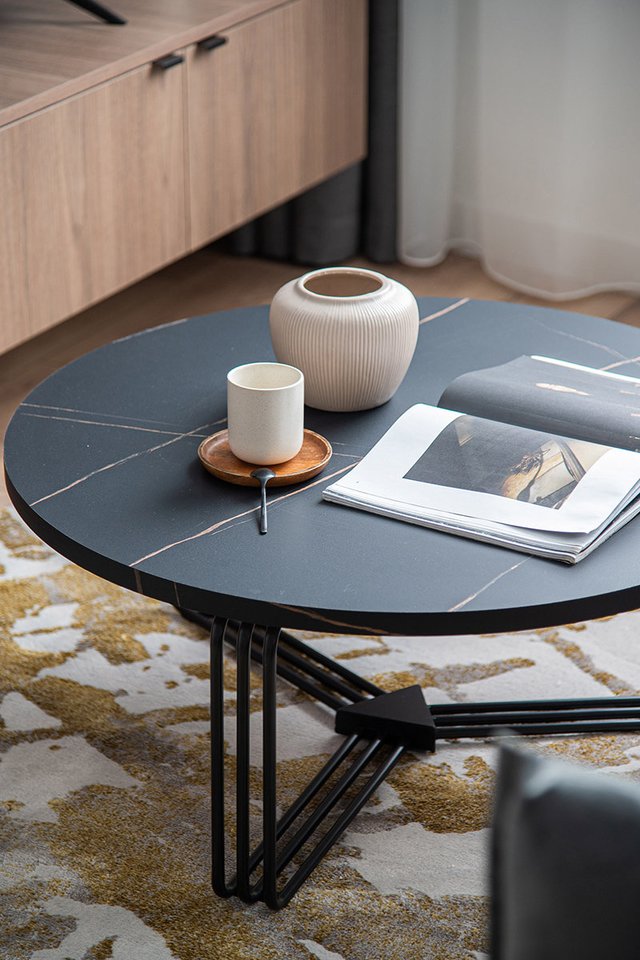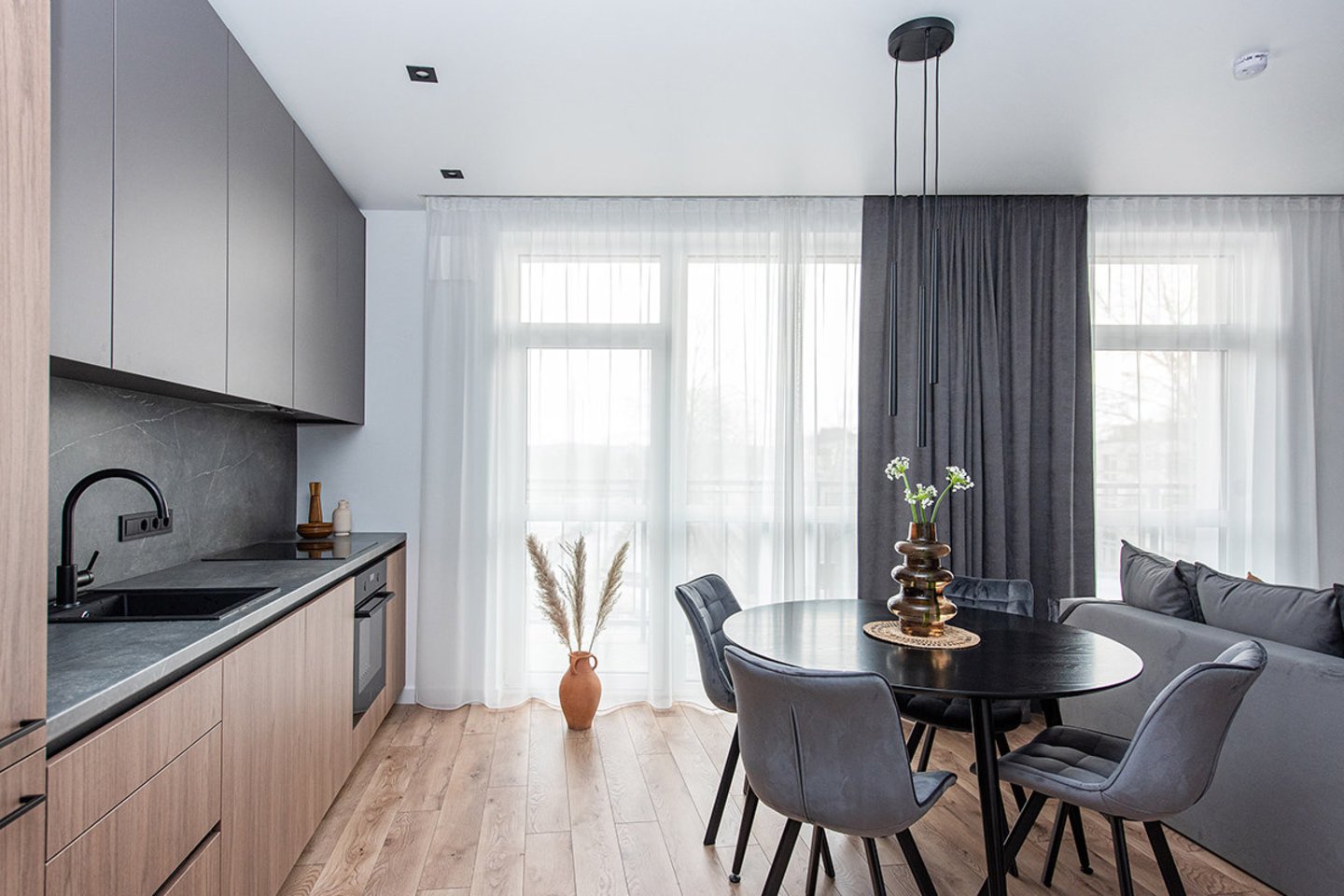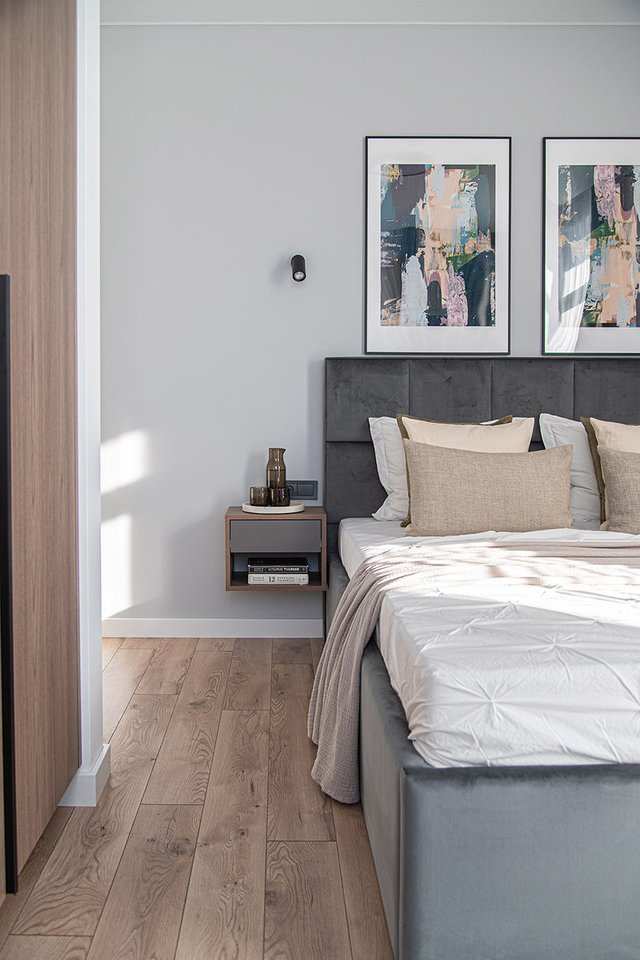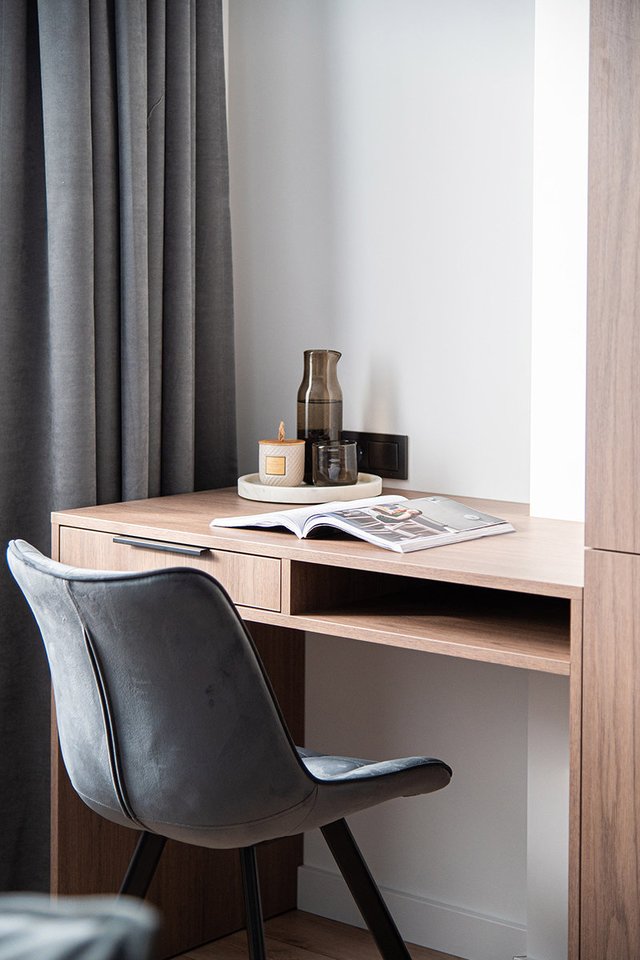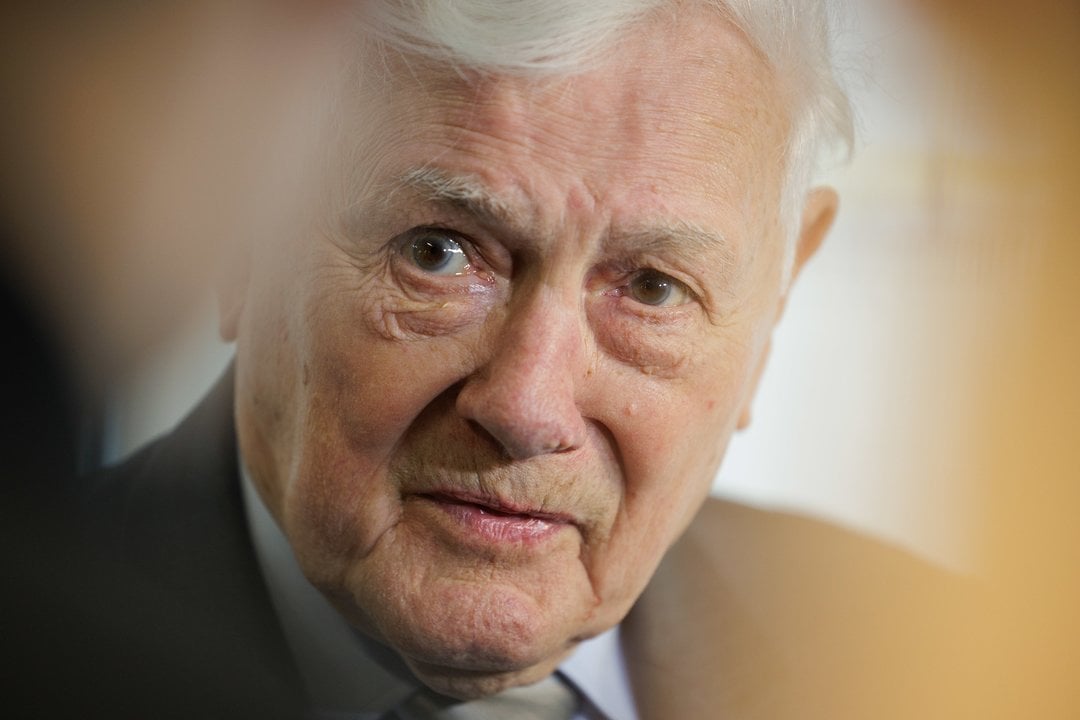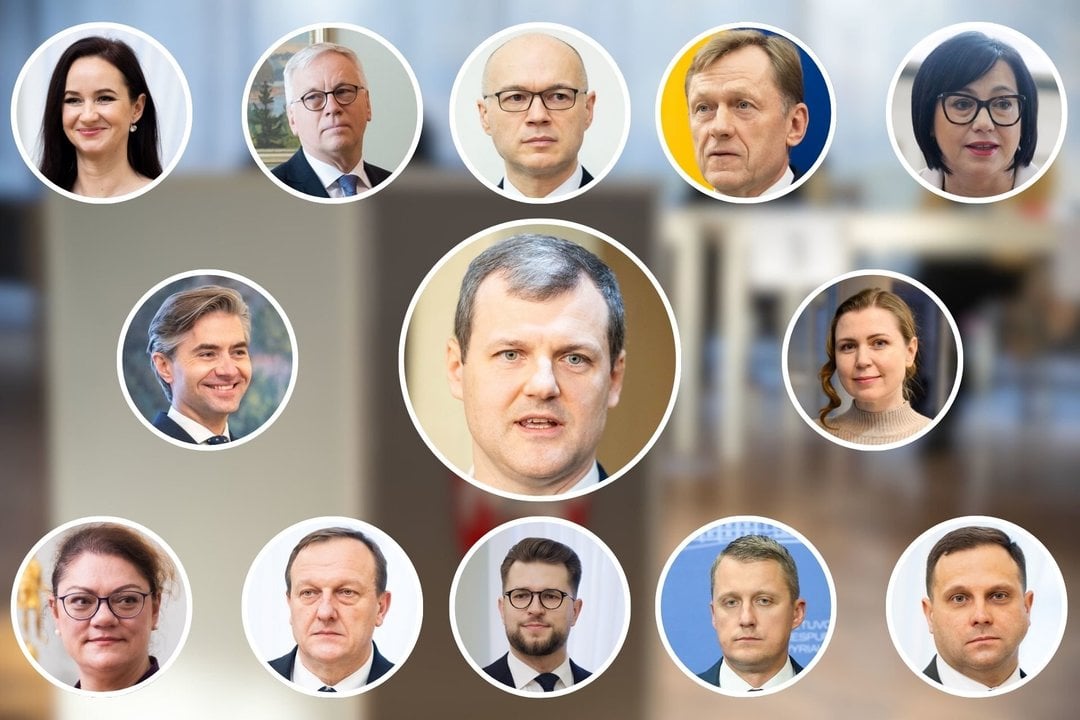The practice of renting out holiday property, even those purchased for personal use while the owners are not using them, has come from Western countries and is also gaining popularity in Lithuania. It is, therefore, essential to design the property to make it a pleasant place to stay, both for the owner and the guests. The selection of style, materials, furniture and accessories is essential to create an appealing, functional and long-lasting interior. Marius Morozovas is an interior designer at Citus, the creative real estate projects development and placemaking company. He explains what distinguishes the interior styles of holiday properties, current global trends, and what to do and avoid when setting up such a home.
Holiday accommodation – what is it like?
Some specific details and considerations are less important when designing a holiday property than when designing a home for yourself. Functionality, comfort and a pleasant view are essential, as are details and hygiene.
An example can also be taken from hotels. They focus on practicality, durability and quality. Hotels usually have a standard system by which they design all their rooms. Every detail is considered to ensure that everything lasts as long as possible. Hotels consider the long-term perspective – 10 or even 20 years. That is why their interiors must, first and foremost, be practical and durable. From an aesthetic point of view, they should be as versatile as possible and, simultaneously, as timeless as possible.
The most important things are a comfortable night’s sleep, cleanliness, and order. That’s why a holiday property, like a hotel, needs comfortable beds and quality mattresses, as well as plenty of clean bed linen and towels. Storage space should be available for these essentials. Each bedroom should have an empty wardrobe to store guests’ clothing easily.
The quality and range of the bathroom fittings are also essential. There should be space to store and keep cleaning items and spares (brooms, dusters, vacuum cleaners, detergents, cleaners, spare mats, or other replacement items). The bathroom doesn’t have to be large, but it should be bright. It should have a toilet (nowadays a bidet is also popular) with a brush; a shower – preferably a shower rather than a bath, and if it has a bath, it should incorporate a a curtain; one or two washbasins; an electric towel rail (which can be switched off) and a mirror; and mats to absorb the moisture. For appliances, the bathroom should also have a hairdryer and, ideally, a washing machine.
When renting out a property, the bedroom and bathroom are critical factors for success. The kitchen and dining area should also be kept in mind, as holidaymakers often want to be able to cook their meals, especially when staying with families. The kitchen must be designed for short breaks, for which a smaller fridge than at home, without a freezer, and a smaller hob (e.g. two hotplates instead of four) is sufficient, without the ultimate need for an oven.
A coffee maker and toaster are essential for preparing fresh ‘continental’ breakfast. A microwave and dishwasher are also highly desirable. The kitchen should have basic pots, pans, and an adequate supply of tableware and cooking utensils. All equipment should be affordable yet of good quality, ensuring a positive impression for holidaymakers and ease of maintenance for the hosts.
Air conditioning may be increasingly relevant in recent years. It adds comfort, so even though it may not be necessary at home, it will add extra points to a holiday property rental. It’s also true that Wi-Fi is quite important nowadays.
Several private car parking spaces should be close to the property to meet the occupants’ needs. Outdoor recreation space is also essential for holidaymakers. Suppose there is a terrace with outdoor furniture, a parasol, outside lighting, at least a few electrical sockets suitable for outdoor use, a barbecue, or even a small children’s playground. In that case, it will also increase the desirability. With a bigger budget, it is possible to use imagination and create truly unique spaces.
Designers worldwide are increasingly focusing on creating interactive and emotional spaces. It includes functional furniture and décor elements that evoke positive emotions and encourage interaction with the space. Elements such as handmade sculptures or unique textiles can add personality and depth to an interior.
Interior – materials, colours, furniture, details and styles
People are looking for a happy medium in their holiday accommodation – something between the feeling of ‘at home’ and a hotel. When choosing a rental property, the first impression someone gets when entering is the harmony of the interior design, the colours, the details and the context. I do not mention this as the first point because if the previously mentioned aspects of functionality and hygiene are not implemented, that first impression will diminish.
To feel good in the holiday property yourself and ensure that guests feel the same, are willing to pay well for rent and leave positive reviews, the interior must be high quality, functional, durable and attractive. A tasteful interior style, well-chosen materials and good décor are essential. The quality of decisions will determine whether the property still looks good and functions well after five years or so.
So, functionality and finishing materials must be practical and of high quality. This type of housing often has many bulky items – scooters, bicycles and suitcases. People usually walk barefoot all day or in boots or summer footwear. Therefore, much sand or dirt will accelerate the finish’s wear and tear, particularly at the seaside.
Floors are best covered with high-resistance coatings such as ceramic tiles, concrete or vinyl. Properly prepared solid wood will also add a sense of luxury, but cheap laminate, parquet and carpets won’t stand the test of time. It’s also worth covering part of the walls with furniture panels – as in hotels – to reduce scuffing, wear and tear and keep them presentable for longer.
Natural materials such as wood, stone, and linen add warmth and comfort. They are also eco-friendly and durable, making them ideal for holiday properties.
This type of housing only requires a few soft furnishings, as they are more difficult to maintain. Once the number of bedrooms and living areas has been secured, the rest of the furniture can be, for example, wicker or stacked. Holiday properties have less individuality and, therefore, fewer furnishings. Of course, some art or tasteful accessories are significant, but it is easy to clutter the interior with cushions, tablecloths, rugs and trinkets.
This year, warm shades such as peach or apricot dominate the world and rich, dark tones such as deep greens, blues or even blacks. When combined with lighter accents, these colours add a sense of drama and luxury to a space and create a harmonious and balanced interior. Meanwhile, a more straightforward, neutral colour palette is calming and more versatile.
In any case, the overall style of the interior needs to be considered in context. The easiest way to do this is to consider the location. The style will be more urban, brighter, contrasting and playful in a busy city. In rural areas, in the shelter of nature, this connection can be expressed through interior accessories and natural materials. These materials and natural, light colours will be particularly relevant in resorts such as Nida, Druskininkai, Palanga and elsewhere. Light wood and stone, linen, dry grass, sand, pine needles, the sea and the sky are the colours of choice here.
I have identified several characteristic interior styles—bohemian, minimalist, Scandinavian (a favourite of Lithuanians), and eclectic—that are gaining popularity worldwide.
Bohemian style is characterised by its broad base and use of natural materials. It wins hearts with handmade elements such as chandeliers, décor and paintings. Bohemian style is associated with Asia, Bali, Sri Lanka and other exotic holiday destinations. It usually uses several colours to add warmth and comfort.
Minimalist style is simple, clean and functional. It’s usually dominated by light colours and sharp lines, with natural materials that make the interior restful and simplistic. Recently, this style has taken on a warmer and more soothing tone. It creates a calm and relaxing atmosphere, which is particularly important in holiday properties and makes keeping them tidy and clean easier.
The Scandinavian style is trendy in Lithuania. Light colours, natural materials, comfort, and practicality characterise it.
Eclectic style is one of this year’s interior trends. It combines elements ranging from rustic textures to modern, minimalist lines, creating unique interiors that reflect individuality and an emotional connection to the space.
Global trends or when budget doesn’t matter
When budgeting, allocate a similar amount to what you would spend on furnishing your own home. Other global interior design trends besides those already mentioned can be considered.
These trends focus on sustainability, natural materials and forms, minimalism and innovation. They reflect aesthetic changes and emphasise functionality and an emotional connection to spaces. Natural and ecological solutions are also gaining popularity in Lithuania.
Designers and homeowners worldwide increasingly focus on environmentally friendly materials and solutions, such as recycled materials, bio composites and locally produced products. These innovations are not just a fashion statement – they are part of a more profound philosophy where aesthetics and functionality merge into a harmonious whole.
This year, interior design emphasises natural shapes and textures. This can encompass rounded lines, waves and organic curves, creating a sense of movement and dynamism in the space. Different textures, such as stone, brick or woven materials, are also becoming popular, adding depth and tactile appeal to interiors.
Lighting is becoming not only functional but also decorative. Sculptural luminaires – from large chandeliers to geometric pendant lamps – are becoming the main accents of the interior, adding drama and sophistication to the space.
The use of advanced technology is becoming increasingly common in contemporary interiors. It includes smart home solutions such as access technology, voice-controlled lighting, temperature control and integrated sound systems. These solutions make everyday life easier and provide a sense of modernity.
Conclusions
Planning the interior of a holiday property requires careful thought and professional solutions. Choosing interior style, quality and practical materials, well-chosen furniture, and accessories can help create an attractive and long-lasting home. By contracting professional interior designers and applying these tips, it is possible to create a beautiful and functional holiday property that will please both owners and tenants and ensure a long-term return.
1. Invest in quality. Tasteful interior design and well-chosen materials significantly contribute to a home’s appeal. Durability and practicality are essential to making a home desirable for long-term renting.
2. Seek professional advice. Interior designers can help you create a harmonious and functional interior that will attract tenants and repay the investment.
3. Keep it organised. Cleanliness and hygiene are essential in holiday rental properties. A tidy and clean environment ensures that tenants will want to return.
4. Don’t save money at the expense of quality. Cheap materials and solutions will quickly wear out and lose their attractiveness.
5. Don’t overcrowd the interior. There is no need to over-personalise the holiday rental property as it needs to be versatile and appealing to many people.
6. Take care of the details. Details such as clean linen, bathrooms and quality artistry are essential.
7. Prepare detailed information. This experience can be drawn from hotels. Prepare attractive, simple descriptions and instructions for arrival, access, use of the accommodation and its benefits, and rules of use.

